ArcGIS and the next generation of Unreal Engine
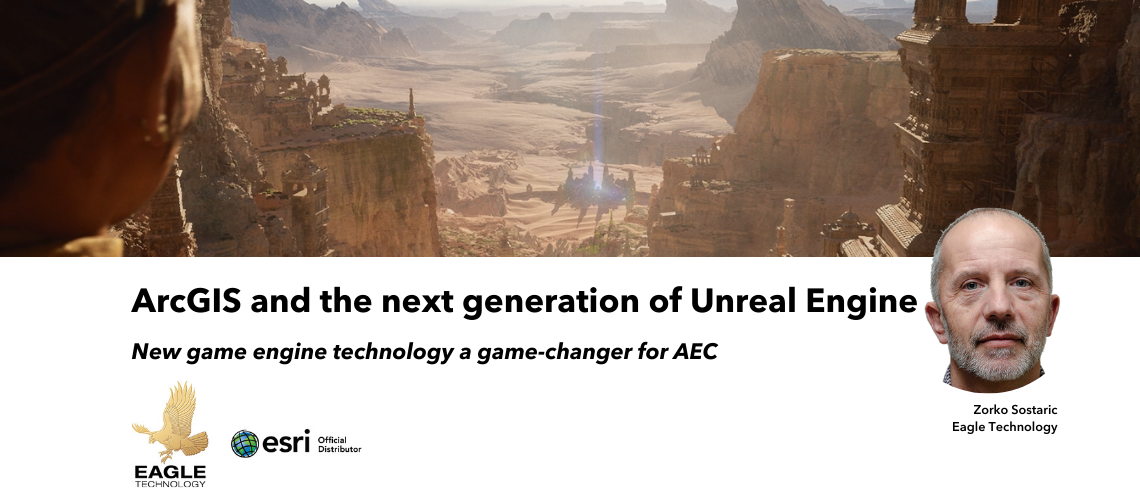
ArcGIS and the next generation of Unreal Engine
We live in exciting and dynamic times. A week ago, I wrote a blog post about ArcGIS and game engines. In that week a lot has happened. The biggest news in the world of game engines is a first look at the Unreal Engine 5, announced on 14th of May.
Unreal Engine 5 (UE5) wasn't just announced as 'we are working on it' but in the stunning, hard to believe demo, 'Lumen in the land of Nanite' running on the next-generation console. All in real-time on a Playstation 5. In case you haven't seen it yet visit YouTube and join over 11 million other people.
UE5 is based on two new technologies described well in the announcement post, Lumen and Nanite. I will not describe these as Epic already did that and showed what they are capable of. What I would like to do is to see how these may be relevant to the GIS and related technologies.
Lumen
Lumen's dynamic nature allows accurate modelling of dynamic lights as well as global illumination. In the example screenshot below the wall of the cave and statues are lit only by light bouncing off the surfaces of the objects in the scene. In real-time. This can have real application in the evaluation of light conditions of proposed buildings, the shade of trees on the footpath, the glare from office buildings with glass façades, the efficiency of streetlights (using IES profiles) and many others.
Since Lumen reacts to changes in geometry, we could have a real-time editor application and evaluate the effect of using smaller windows to the lighting of the room. Going to the macro scale, moving buildings closer to each other would allow less light on the street and footpath. We could see urban canyons before we build them giving us the option to correct them. To be honest, we don't yet know all of the features of the Lumen system so I have taken some liberties with these examples.
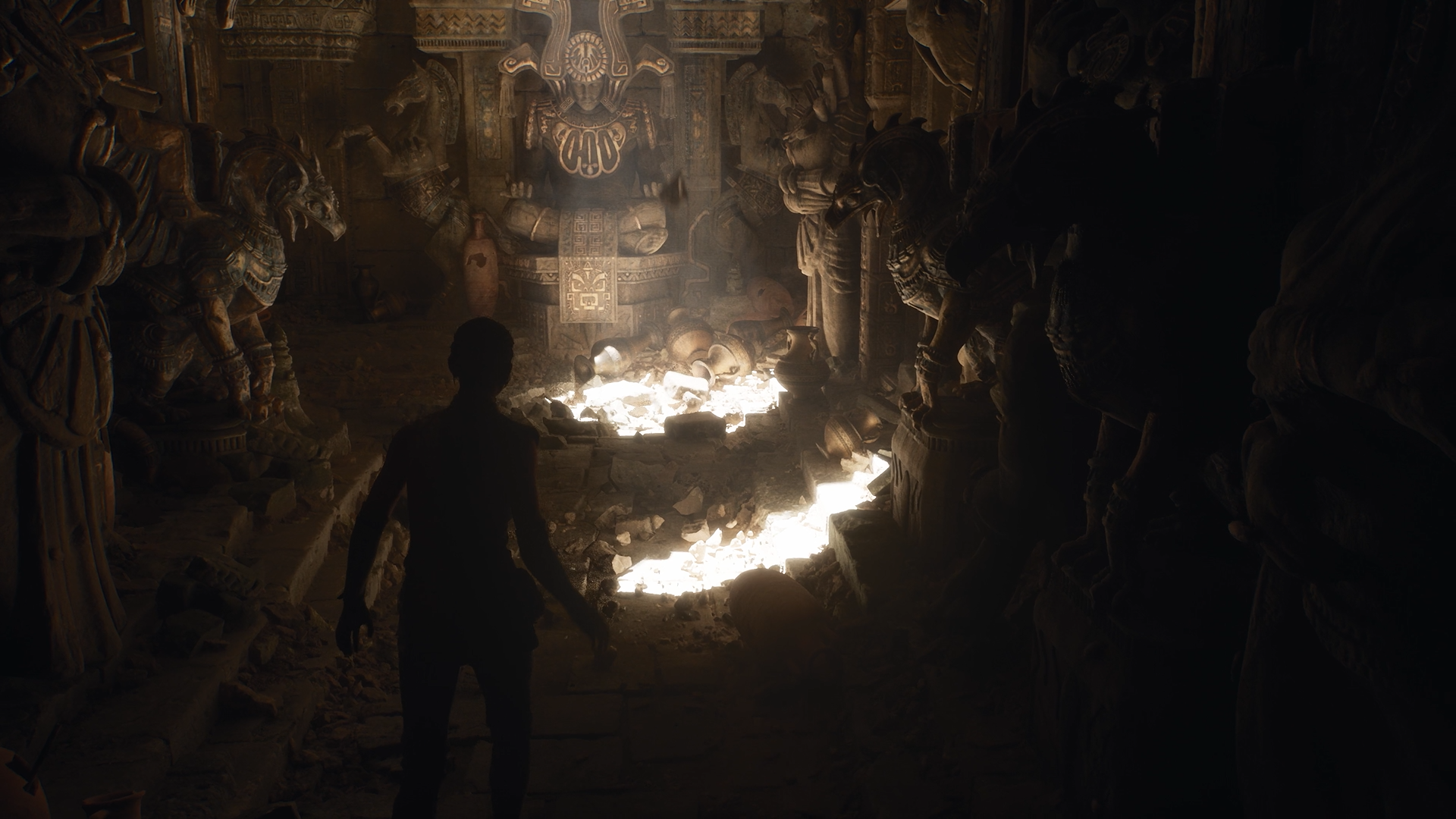
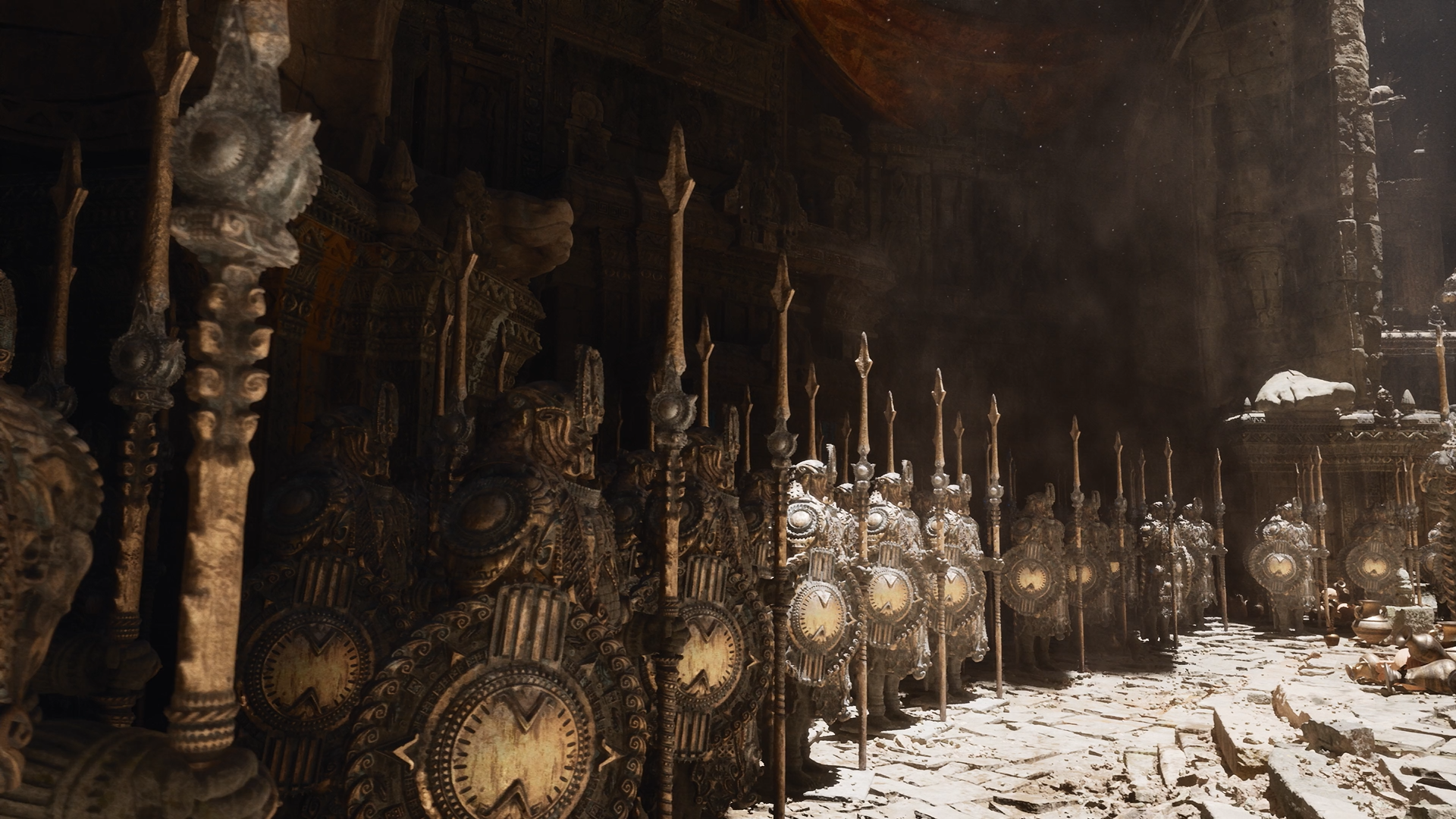
Lumen could help in all aspects of urban planning and development where lighting is crucial.
Nanite
The second new technology is Nanite. The purpose of Nanite is to handle really, really large volumes of geometries seamlessly. In the scene below Nanite is handling 1 billion triangles from source geometry and rendering about 20 million in each frame. That's a lot of triangles. For example, in the Revit model of Christchurch City library, Turanga has over 32,000 of complex 3D objects like staircases, windows, furniture and a lot more triangles in total. The possibilities of Nanite seem limitless, and means we could have not just one but multiple versions of the library building fully modelled with details as intended by the architects and designers. That could include detailed furniture, sculptures, wall decorations, pictures and even books on the bookshelves, not rendered as a fake collection repeated many times but as actual individual objects.
The example of the statue alone shown below has over 33 million polygons. In addition to that no processing of the asset was performed, just a simple import.

Nanite's capabilities could change my CGA coding habits. Since I don't have to worry about the limits of geometric complexity, I could write my rule to actually split the façade into rows of bricks and mortar and then model every brick, floor or roof tile as an actual individual 3D object. Procedural nature or CGA allows me to export a large number of buildings with the level of detail I want to create.
What was also briefly mentioned, but I am quite interested in, is the ability to run fluid simulations in UE5. This functionality could be used in landscape design to simulate river/creek flow after correcting the river bed, evaluate the visual quality of the water feature in the park, maybe even water erosion at a river bend. If this can be integrated with Chaos physics system then we are in for a treat.
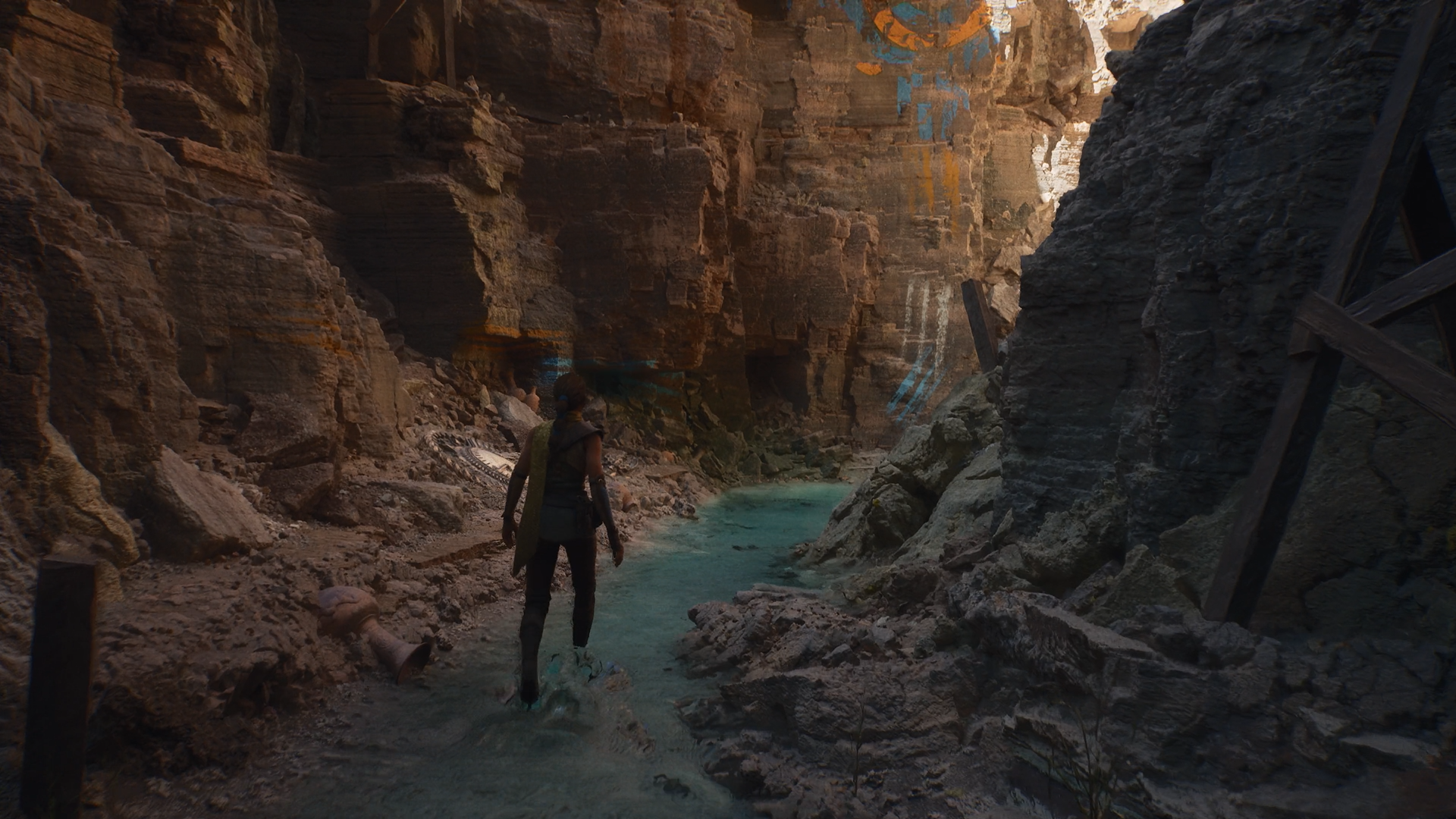
Game engines with these capabilities are/could be capable of rendering huge terrains and landscape systems with little to no processing required. We may be able to run the simulation of the White Island eruption in real-time, based on scientific data collected and simulated in Niagara, UE's particle system and LAS or DEM data from OpenTopography.
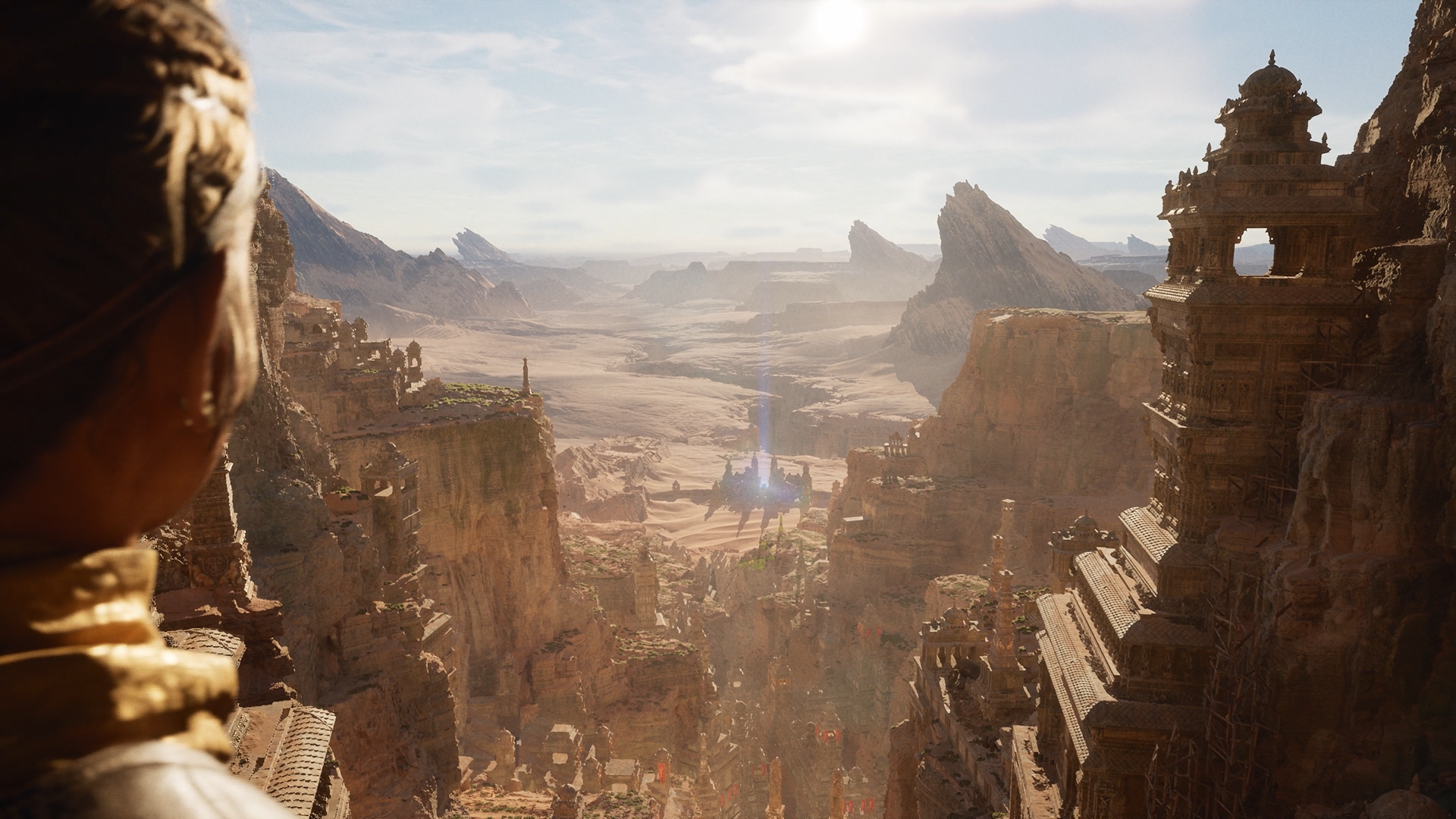
A really exciting piece of information is the timeline. We are not talking about a 5-year plan. The preview of UE5 will be available early next year with the release late next year. UE5 will run on next-generation consoles, PC, Mac, iOS and Android.
So that's what is coming up next year. If you want to work with Unreal Engine today, Unreal Engine 4.25 was released on the 6th of May. It has a number of new features, but they seem to pale in comparison to UE5. For me, an interesting feature is the continuation of the support for LiDAR data and a new and improved acoustic system. Maybe this acoustic system could be used in evaluating (and quantifying?) noise from traffic on the road. This would allow designers to evaluate the efficiency of greenery as a sound barrier or increased noise produced by introducing two new lanes during a road expansion.
Noise from the airport runways is always one of the key factors in the design of a new runway and this could be the tool to 'preview' proposed runways including the noise.
There are also other examples of how game engines can be used as an educational tool. Here I am not talking about the projects specifically designed in a game engine as an architecture or art project. There are numerous projects done over the years showing us the Notre Dame cathedral, Louvre museum and similar projects. During this week, 15th – 22nd May, anyone can register and download Assassin's Creed Discovery Tour projects/games. The name suggests something violent and yes, the original games are about assassinations set in the ancient civilizations of Greece and Egypt. But Ubisoft removed the violent gameplay elements and over four years of development created a beautiful world and buildings of these civilizations and added the interactivity one can expect from a game. Players can freely roam the world, explore life, habits and customs, interact with avatars or take curated tours. It can be also used as an educational tool with quizzes, gain achievements for discovering places and enjoy the beauty of long lost places.
What a great example of what game engines combined with history, geography and other sciences can produce.
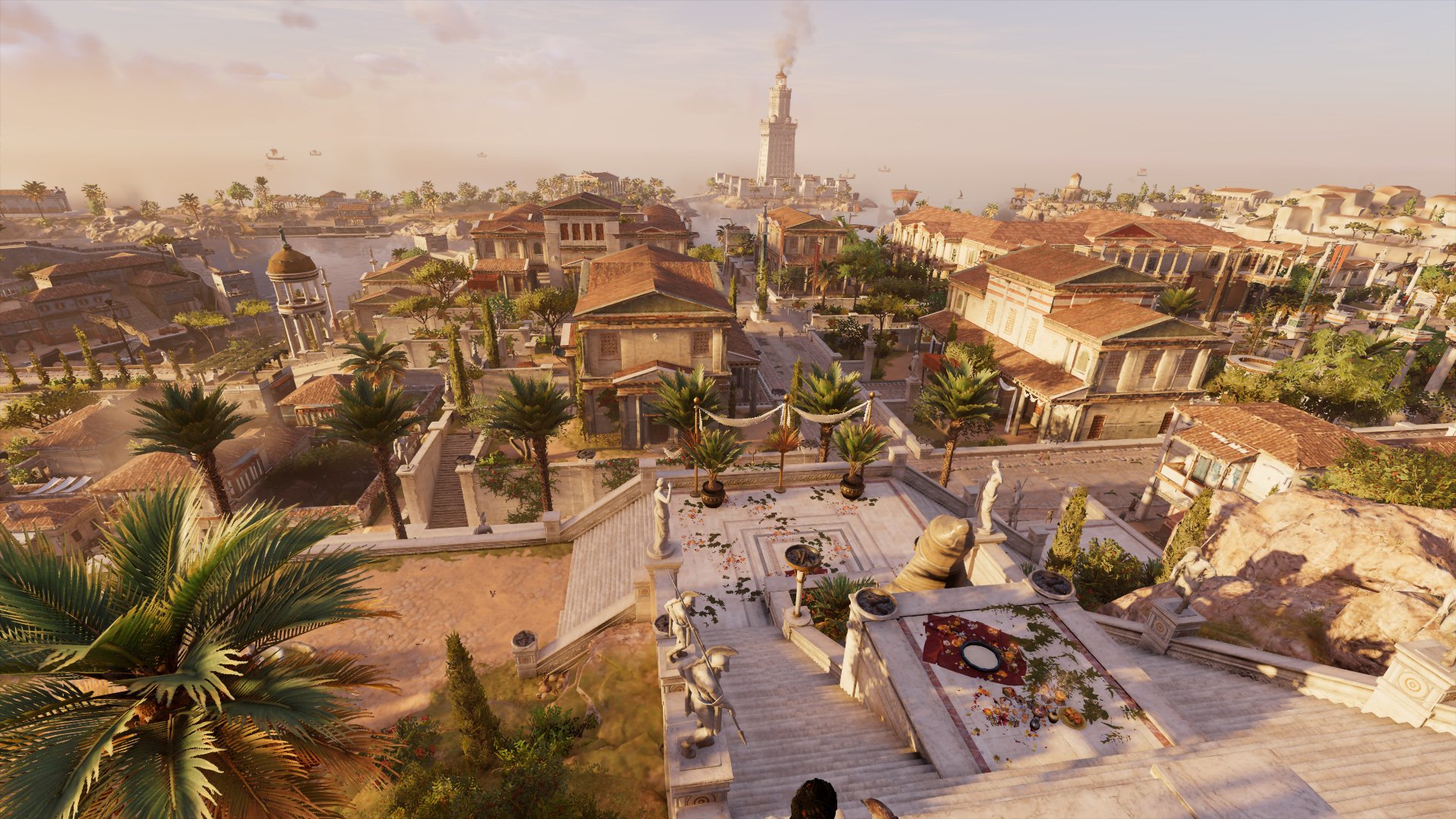
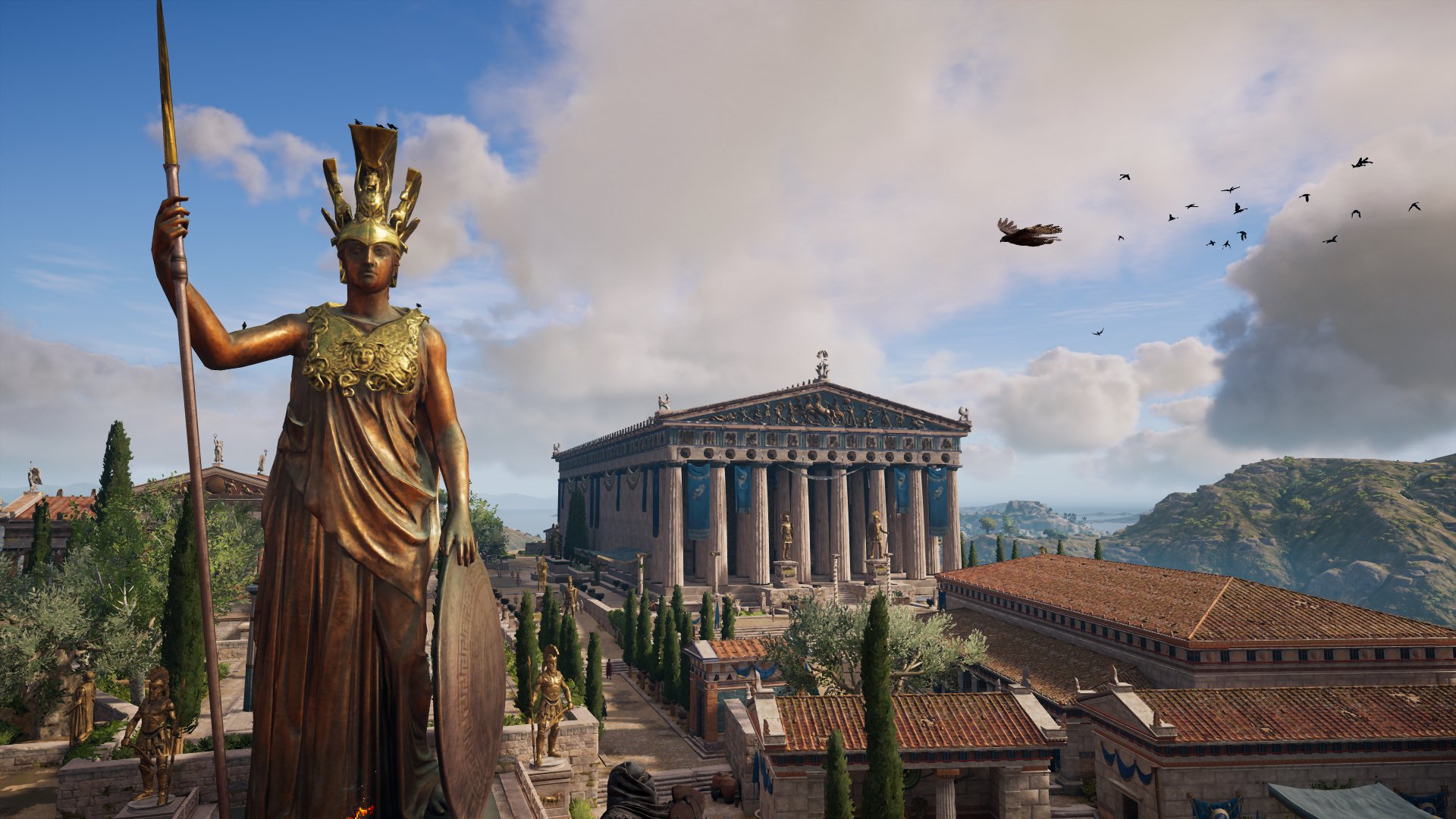
Assassin's Creed Discovery Tour Ancient Egypt
Assassin's Creed Discovery tour Ancient Greece
View all blog posts